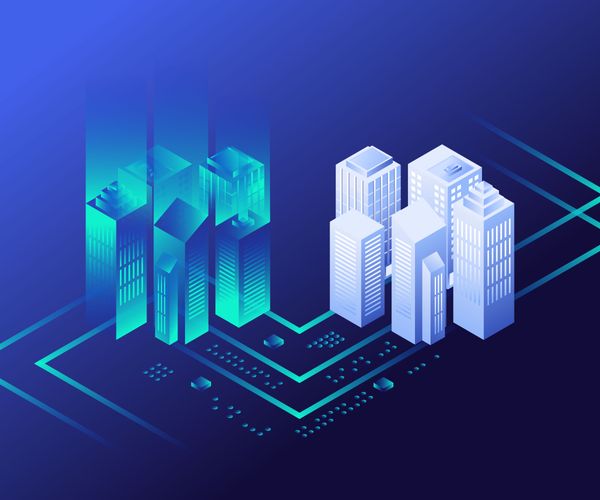Simulating natural disasters and their impacts for greater resilience.
As catastrophic flooding, prolonged droughts, and other extreme events are more frequent with climate change, a three-year, $1 million international research collaboration is creating “Disaster Digital Twin” cities to improve real-world community resilience. This innovative use of digital twin technology in disaster science combines geospatial and human-centered data to deepen understanding of disaster impacts, leading to a more informed response.
Research Approach and Goals
Magaly Koch, Research Associate Professor at BU’s Center for Remote Sensing, is teaming up with researchers from the University of California, Irvine and Tohoku University to simulate disasters using digital twins modeled after Sendai in Japan and southern California in the United States. They’re specifically focused on the impacts to older, vulnerable populations with specialized needs in crises such as tsunamis and wildfires. The goal is to develop a framework and tools that help guide response decision-making and policies. The resulting digital twins could potentially be used for a broad range of natural disaster scenarios.
This project is funded by the National Science Foundation and the Japan Science and Technology agency.


